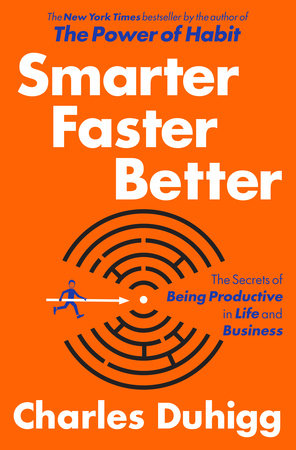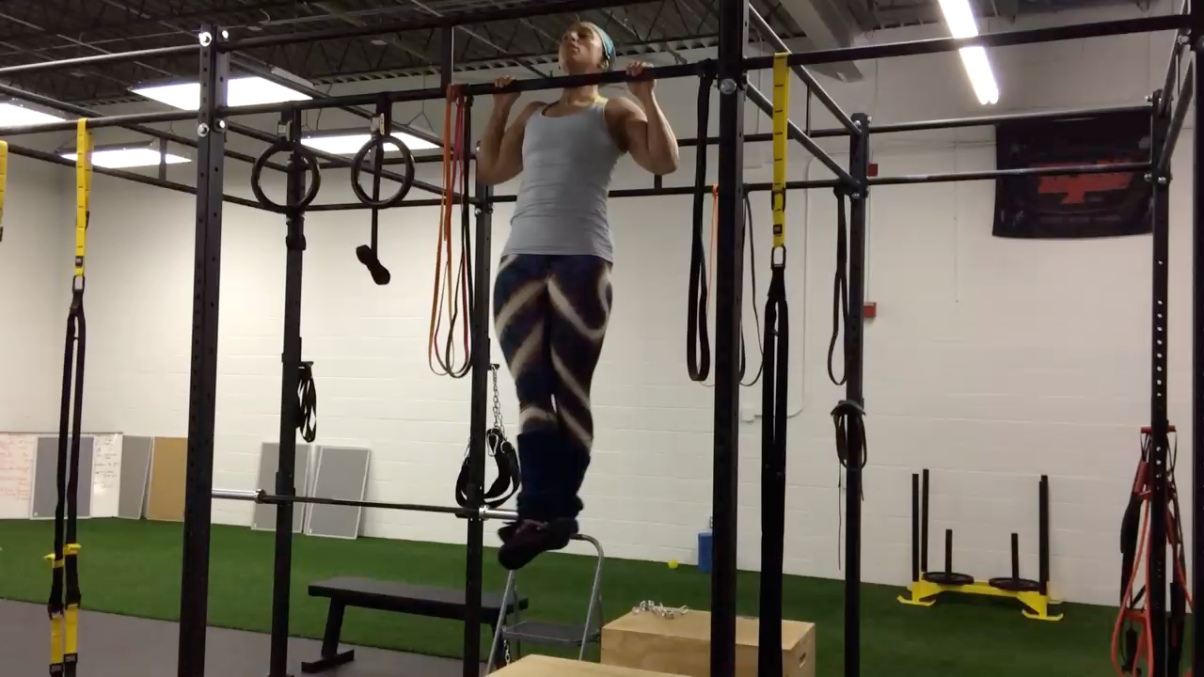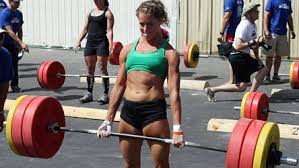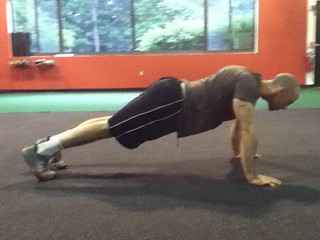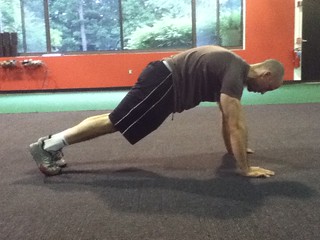As you’re reading this I’m either lying out on the beach reading a book, crushing the all-you-can-eat ice cream bar, or not swimming in the ocean.
I hate getting wet. I know, I’m weird.
In any case, I’m in beautiful Nassau, Bahamas, enjoying my honeymoon.
Which is to say: Naaah, nah, nah, nah, naaaaaaaaah.
However, I prepared a head of time (you didn’t think I was going to go a week straight without posting anything did you?) and today I have guest post from my good friend and superhero strength coach, Mike Robertson. His latest DVD set, Physical Preparation 101, was released today (at an unreal discount), and he was kind enough to help fill in for me this week and offer some insight on the concept of program design.
More specifically, some common mistakes many young coaches tend to make.
To give a quick plug: the 12-DVD set is baller, and goes into great detail on Mike’s overall approach to program design. One day covers program design. And another day covers coaching. No shadow puppets.
It’s an amazing resource and something that would be an excellent addition to any coach or trainer looking to take their program design/coaching skills to ninja, nay, Jedi level status.
Enjoy Mikes wisdom!
Writing your first program may be one of the most challenging things you ever do.
The first program I ever wrote was for myself. I’d been training for powerlifting for about a year, and I figured that if I was going to be a great coach (someday!) that I needed to start writing my own programs.
Needless to say, it was quite the experience.
In 17 years of playing organized sports leading up to this point, I had never thrown up in a practice or conditioning practice.
But when you’re banging out four sets of ten squats with a minute rest, and then moving immediately to Bulgarian split-squats right after that, well, things get real – fast!
Over the years, I’ve learned a ton about programming. And while I’ve been fortunate to learn a ton from books, seminars and DVD’s, one of the best things you can do once you have that programming knowledge is to go out and actually fail.
That’s right – you need to make mistakes to get better.
With that being said, here are three common fails I see when coaches first start writing programs.
Programming Fail #1 – Trying to be too “cute”
When you first start writing programs, it’s easy fall into the trap of being “cute.”
You’re throwing in all these random exercises that no one has ever seen before, but hey, it’s on the Internetz so it must be legit!
Instead of being cute, focus on the 80/20 principle, and realize that 80 percent of your training results come from 20 percent of your actual programming.
Dan John uses the analogy of being in prison. If you only had 15-20 minutes to work out each day and wanted to get bigger and stronger, would you spend that time curling your arms into oblivion, or doing something big and basic like bench presses or chin-ups?
So being cute and pulling random exercises and set/rep schemes is obviously a problem. But there’s an even bigger problem that I see now, which leads me to my next point…
Programming Fail #2 – Being too complex with your programming
One of the arts of program design is finding the appropriate program for the person in front of you.
Appropriate is the key word here – when someone is just getting started, you can do just about anything and help him or her get stronger.
Simple programs like 5×5 or 5-3-1 have done this for years. By waving volume and intensity, throwing in deload weeks, and promoting high quality technique, beginning lifters can see gains on programs like these for years.
The goal is to match the program to the lifter. A beginning lifter should follow a beginners program.
An intermediate lifter should follow a more intermediate program.
And an elite lifter needs to bring out the big guns to continue to see success.
I hate to break it to you, but unless your male clients are squatting and deadlifting 2.5x bodyweight, or bench pressing 1.5x their body weight, they’re not advanced.
Part of the problem is that deep down, everyone wants to think they’re advanced.
But really – they’re not.
So why on Earth should they following a triple block, Russian super squat specialization program to take them from 180 to 200?
Go back to basics here. Find the least advanced program you can have them follow, which still creates a positive adaptation.
Doing this not only ensures that they see success now, but for years to come as well.
Programming Fail #3 – Making every program a Mona Lisa
There’s definitely an art and science when it comes to program design.
You need to know the science to write a program that will give the desired training effect, but at the same time, there’s an art in figuring out how to shape and mold the program to the client or athlete standing in front of you.
If you’ve been writing programs for a few years, after a while all your programs start to look very similar.
Maybe there are subtle differences between variables (sets, reps, exercise selection, etc.), but there is a lot of similarity in the bulk of your programs.
Why do you think that is?
Hint: Because a lot of our clients move similarly, and have the same underlying issues!
Furthermore, if you’re writing programs that are rooted in the basics, then you don’t need a ton of variability in a program (especially early-on) to see success.
The analogy that I always use is this: New trainers and coaches want every program to be a Mona Lisa.
They agonize over it, labor over it, and ultimately, what should be a very simple program quickly becomes far too advanced or complex.
Instead, remember that the goal isn’t to spend oodles of time writing a program – but rather, to simply ensure that the program elicits the desired adaptation.
In other words, don’t make a basic fat loss program a Mona Lisa, when it should really be paint-by-numbers!
I think there’s wisdom in making something as simple as possible, but no simpler.
Do what you need to do to get your clients and athletes the results they want, while helping them move and feel better along the way.
At its root, what we do really is that simple.
Summary
As a young or new coach, I made more mistakes in my programming then I care to remember.
However, with trial and error, plus a ton of learning along the way, I’d like to think that what was once a weakness is now one of my ultimate strengths.
If you take nothing else away from this post, do your best to simply make your programs as simple and easy to use as possible.
By doing so, chances are you’ll strip away a lot of the fluff, and end up with a program that’s razor sharp in the results it delivers.
All the best.
Again, Mike’s newest product, Physical Preparation 101, is on SALE ($100 off the regular price) starting TODAY (6/2) and will run through Friday. He’s a coach that even I still learn from and someone I respect a ton, and if you found yourself nodding your head in agreement from reading above, this may be something worth investing in.


